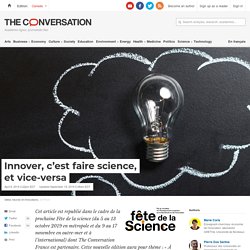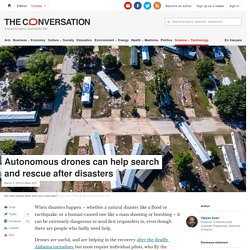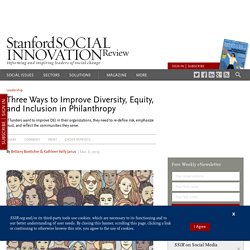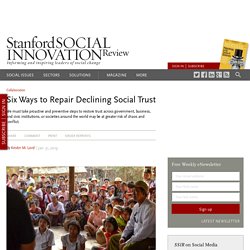

Fondation Thales
Innover, c’est faire science, et vice-versa. Cet article est republié dans le cadre de la prochaine Fête de la science (du 5 au 13 octobre 2019 en métropole et du 9 au 17 novembre en outre-mer et à l’international) dont The Conversation France est partenaire.

Cette nouvelle édition aura pour thème : « À demain, raconter la science, imaginer l’avenir ». Retrouvez tous les débats et les événements de votre région sur le site Fetedelascience.fr. Il y a quelques jours, les rumeurs d’un bug ciblant le système de GPS embarqué dans les voitures a fait frémir le public. Il ne s’est finalement rien passé mais un tel buzz démontre clairement notre dépendance au GPS.
Mais, quand on dit GPS, pensez-vous immédiatement à Einstein ? De la science à l’innovation Il est habituel de considérer la relation entre science et innovation comme un processus linéaire, dit d’innovation « par » les sciences : une succession chronologique de plusieurs grandes étapes. Des processus plus courts, mais surtout rétroactifs, sont mis en évidence. . Et alors ? Autonomous drones can help search and rescue after disasters. When disasters happen – whether a natural disaster like a flood or earthquake, or a human-caused one like a mass shooting or bombing – it can be extremely dangerous to send first responders in, even though there are people who badly need help.

Drones are useful, and are helping in the recovery after the deadly Alabama tornadoes, but most require individual pilots, who fly the unmanned aircraft by remote control. That limits how quickly rescuers can view an entire affected area, and can delay actual aid from reaching victims. Autonomous drones could cover more ground more quickly, but would only be more effective if they were able on their own to help rescuers identify people in need. At the University of Dayton Vision Lab, we are working on developing systems that can help spot people or animals – especially ones who might be trapped by fallen debris. Looking for an object in a chaotic scene First, our system processes the images to improve their clarity. Confirming objects of interest. Three Ways to Improve Diversity, Equity, and Inclusion in Philanthropy.
(Illustration by frimages/iStock) Over the past several months, philanthropy has faced rising criticism for its lack of transparency or accountability, perpetuation of wealth inequality, and preservation of a system of exploitation.

As Ford Foundation CEO Darren Walker reminds us, this critique is not new: Decades ago, Martin Luther King Jr. warned philanthropists not to “overlook the circumstances of economic injustice which make philanthropy necessary.” One way in which these injustices have played out is in philanthropy’s failure to hire or fund people of color. Less than 5 percent of foundation CEOs are diverse leaders, and just 4 percent of grants and contributions go to diverse-led organizations.
These bleak statistics have many leaders—including ourselves—trying to do better. 1. “Grassroots doesn’t mean small, grassroots can be big and impactful.” 2. “Philanthropists must shift from gatekeepers to allies.” 3.
Sustainability (global) Environment. Citizenship. Education. Six Ways to Repair Declining Social Trust. Participants of the Beyond Access program in Myanmar, which sought to bring communities together using libraries as community centers.

(Photo courtesy of IREX, 2013) Plummeting public trust is sweeping the globe. It is infecting relations among people, between people and their governments, and between people and a range of societal institutions. We sense this erosion of trust in social media and domestic politics, in our communities, and even at our dinner tables. Distrust infuses public rhetoric and political debates, obstructing action in the public interest. The 2017 Edelman Trust Barometer, which surveys people across 28 countries, found declining public trust across business, media, NGOs, and government for the first time in 17 years of research. Finding a Cure Quite possibly, this rising epidemic of distrust may burn out on its own. The biggest worry is that neither will happen and that societies will rely on wishful thinking—rather than proactive effort—to bring about change. 1. The Next Wave of ‘Unicorn’ Start-Ups.